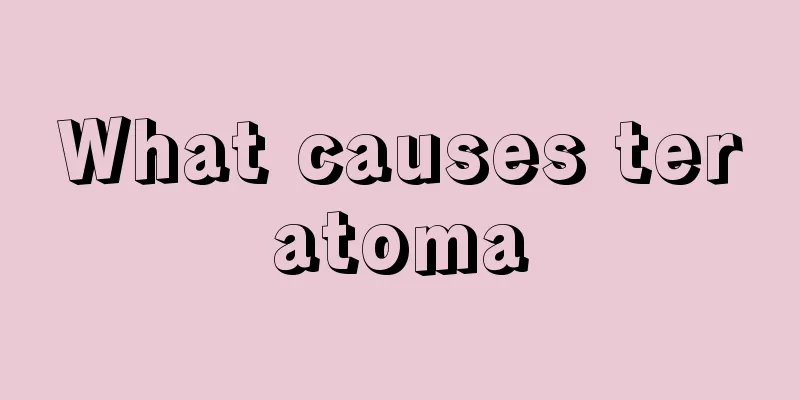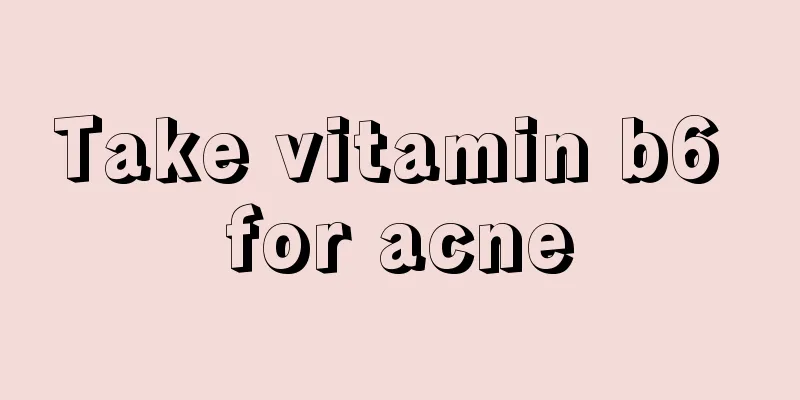Recipe for regulating high blood lipids

|
In fact, the condition of hyperlipidemia has a lot to do with a person’s diet. If you eat more high-fat foods in your life, it may increase the cholesterol content in the blood and cause hyperlipidemia. Therefore, after symptoms of hyperlipidemia occur, you must not only rely on medication to regulate and control them, but also rely on your own diet to adjust them. What are the recipes for conditioning high blood lipids? There are many kinds of foods suitable for patients with hyperlipidemia that can effectively lower blood lipids, which are classified as follows: Ganoderma lucidum: Ganoderma lucidum used alone or in combination with lipid-lowering drugs can lower serum cholesterol, triglycerides and low-density lipoprotein, and increase high-density lipoprotein. At the same time, it can also reduce whole blood viscosity and plasma viscosity and improve blood rheology disorders. The hepatoprotective effect of Ganoderma lucidum can prevent or alleviate liver damage caused by chemical synthetic lipid-regulating drugs. Ganoderma lucidum's ability to regulate blood lipids is the basis of its protective effect on cardiovascular and cerebrovascular systems. Fish: Fish is very low in saturated fat, especially cold water fish from the deep sea, which contains a lot of W-3 fatty acids. According to research by American scientists, people who take W-3 fatty acids (EPA and DHA supplements) have lower cholesterol and triglyceride levels, blood viscosity, and it also has the effect of lowering blood pressure. Fruits and vegetables: Eating plenty of fruits, vegetables, and water-soluble fiber can help lower cholesterol. Low-water soluble fiber (such as whole-wheat bran) can prevent constipation but does not help lower cholesterol. Foods containing water-soluble fiber include beans, dates, cardamom, figs, dried prunes, broccoli, oat bran, etc. Dried plums contain 60% soluble pectin, soybeans and their products have the same effect. Konjac foods also contain a lot of water-soluble fiber. Garlic: American researchers have found that eating half a head of garlic (a whole head is better) a day can help some people lower their cholesterol by 10% and also lower blood pressure. The healthy active ingredient in garlic is alliin. Taking 900 mg of odorless garlic capsules daily has the same effect as eating garlic. Onion: Onion is one of the very few vegetables that contains prostaglandin A, which is a strong vasodilator that can soften blood vessels, reduce blood viscosity, increase coronary blood flow, and promote the excretion of substances such as sodium salt that cause high blood pressure. Therefore, it can not only regulate blood lipids, but also lower blood pressure and prevent thrombosis. What’s even more valuable is that onions contain an onion essential oil that can not only lower cholesterol and improve atherosclerosis, but also increase the level of “good cholesterol” - high-density lipoprotein. Onions can also lower cholesterol and blood pressure, and have the effect of reducing blood viscosity, which is quite similar to the drug aspirin. Eggplant: Eggplant skin is rich in vitamin P, which has the function of significantly lowering blood lipids and cholesterol. Vitamin P can also increase the elasticity of capillaries, improve microcirculation, and has obvious functions of activating blood circulation and unblocking meridians. In addition, eggplant contains a large amount of saponin, which can also lower blood cholesterol. Therefore, eggplant is an ideal food for patients with hypertension and arteriosclerosis. The decomposition products of eggplant in the intestines can combine with excess cholesterol in the body and excrete it out of the body. Kelp: It can reduce arterial lipid deposition; the iodine and magnesium in kelp also play a certain role in preventing arterial lipid deposition. Vegetable oils; contain unsaturated fatty acids essential to the human body and can lower blood cholesterol, especially sesame oil, corn oil, peanut oil, etc. Soybeans: Eating 100 grams of beans every day can lower blood cholesterol, especially the low-density lipoprotein which is related to the formation of atherosclerosis. |
<<: Classification of hyperlipidemia drugs
Recommend
What's going on with my hands full of blisters
The appearance of small blisters on the hands is ...
How to use papaya milk to make breasts bigger
With the change of quality of life, people's ...
Can desalinated seawater be drunk?
As we all know, seawater cannot be drunk directly...
Causes and treatments of headaches
Headache problem can be said to be a kind of pain...
What are the effects of Zhuzhen toothpaste?
Zhuzhen toothpaste actually contains natural bamb...
Can I eat lettuce if I have high blood sugar?
Lettuce is a common vegetable in daily life, espe...
What to do if you suddenly have a headache and want to vomit
Nausea and headache are the most common manifesta...
What causes stomach acid?
Gastric acid is a secretion from the stomach. Exc...
Revealing 7 kinds of minor illnesses that can easily turn into cancer if left untreated
Cancer is like the devil, people don't want t...
How to choose rose essential oil
When taking care of your body, you can use some s...
Can prostate cancer patients still have their own children?
Can patients with prostate cancer still have thei...
Is it okay to drink milk without eating at night?
In order to lose weight, many people do not eat a...
What are the benefits and effects of beet juice?
Beet is a vegetable we often eat in our daily lif...
Is the lack of pain in thyroid cancer a sign of late stage?
If thyroid cancer does not hurt, it may be in the...
What to do with the sequelae of type B meningitis
Type B meningitis is also a type of meningitis. I...









